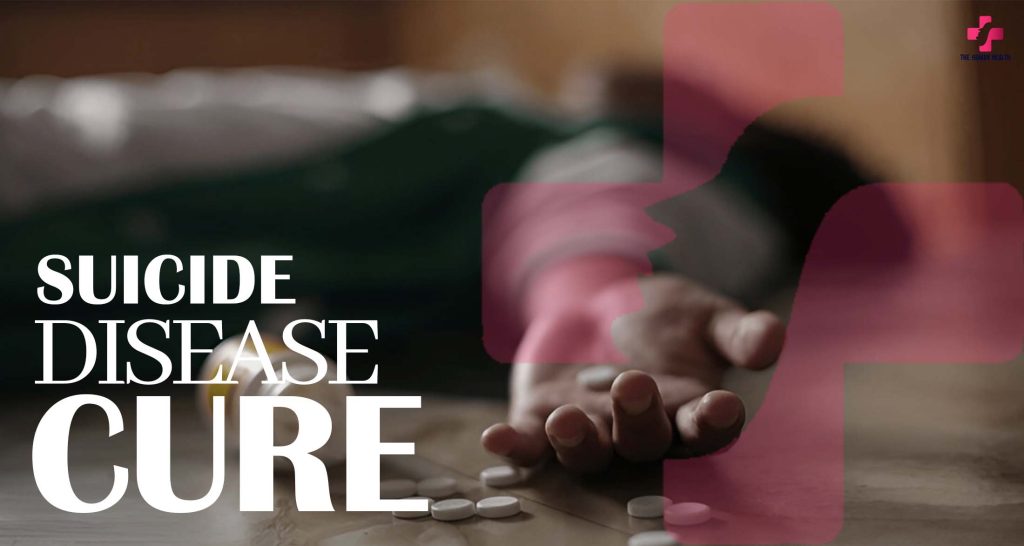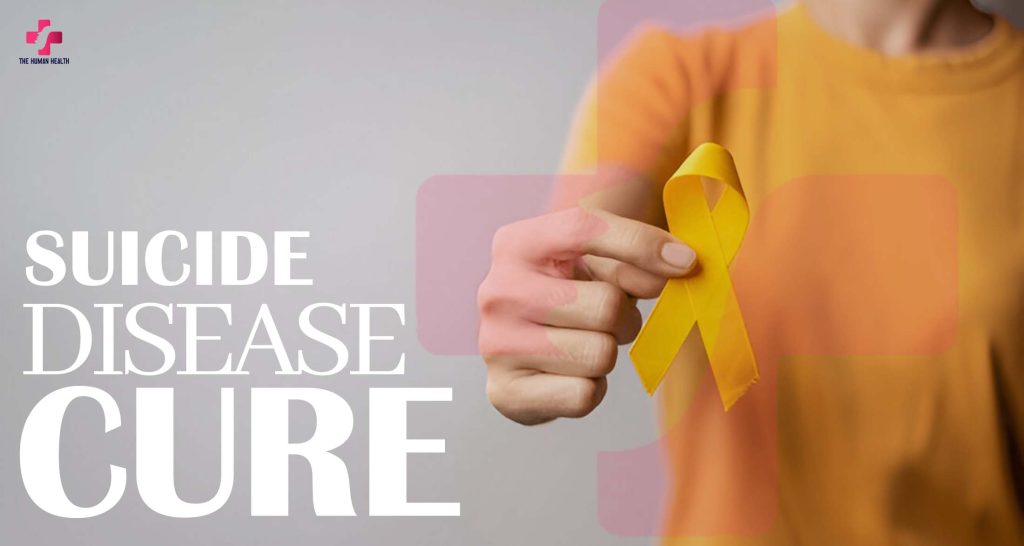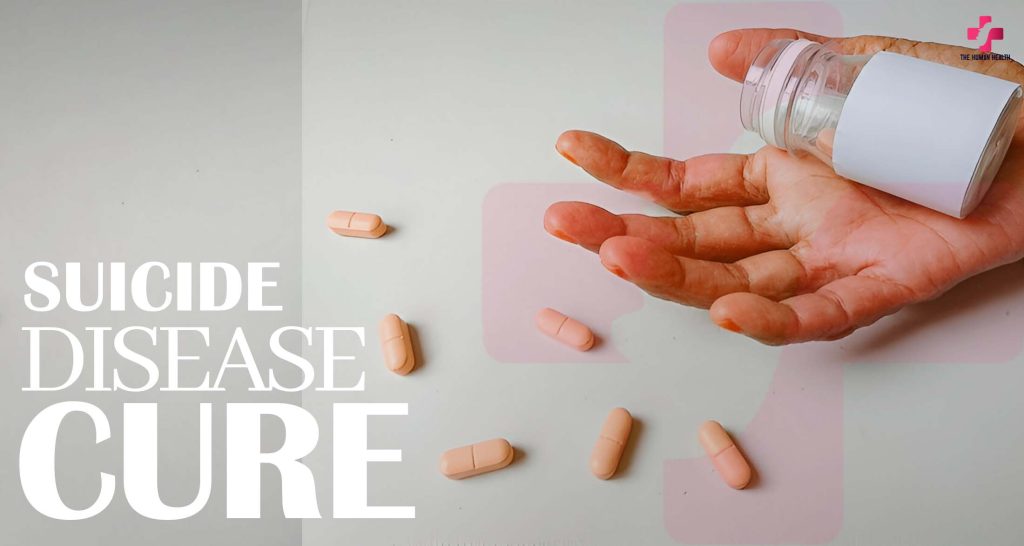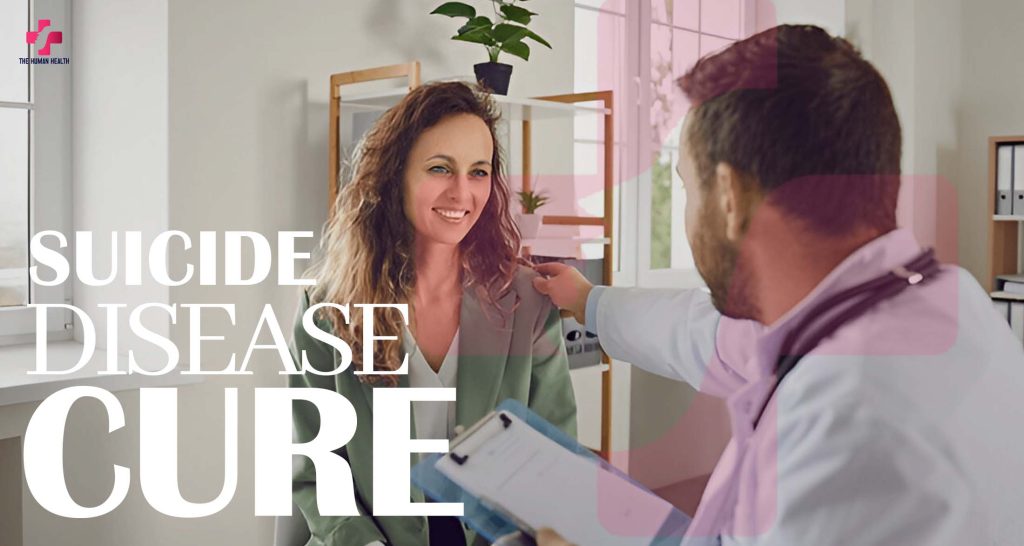Introduction
They call it the suicide disease for a reason—the pain is intense and never-ending. Simple things like talking or eating can feel like electric shocks. But here’s the good news:
While trigeminal neuralgia and CRPS are tough, there’s hope. New treatments are helping people find relief. In this guide, we’ll break it all down—what causes this pain,
the best treatment options, and how to take back your life.
What Is the Suicide Disease?
Picture this: A light breeze touches your face, and suddenly, you feel a jolt of pain like an electric shock. Or maybe your arm or leg burns like it’s on fire, and nothing makes it stop. That’s what life is like for people with trigeminal neuralgia (TN) and complex regional pain syndrome (CRPS)—two conditions so painful they’re called the suicide disease.
Trigeminal neuralgia affects a nerve in the face. Simple things like eating or talking can cause stabbing pain. CRPS often starts after an injury, but instead of healing, the pain gets worse. It can feel like burning, crushing, or even like the limb doesn’t belong to you anymore.
Other diseases, like Parkinson’s, Lyme disease, and nerve damage, can also lead to extreme pain. When pain takes over, it’s hard to stay hopeful. But here’s the truth—relief is possible. Finding a suicide disease cure is about more than stopping pain. It’s about getting life back.

Symptoms of the Suicide Disease
Imagine a sharp jolt of pain just from brushing your teeth. That’s what trigeminal neuralgia (TN) feels like—sudden, stabbing pain that strikes out of nowhere. Even a light touch or a breeze can trigger it.
For people with complex regional pain syndrome (CRPS), the pain is different but just as relentless. A small injury—like a sprained ankle—can turn into burning pain that won’t go away. It can feel like fire, crushing pressure, or deep, aching cold.
Everyday actions like eating, talking, or moving can set off unbearable pain. But it’s not just physical—it wears on the mind too. Many struggle with anxiety, depression, and hopelessness. Pain takes over life, but there is hope. New treatments are helping, and no one has to fight this battle alone.
What Causes the Suicide Disease?
Why does trigeminal neuralgia (TN) or complex regional pain syndrome (CRPS) happen? It all comes down to nerves sending the wrong signals.
With TN, a blood vessel may press on the trigeminal nerve. This pressure tricks the brain into feeling pain when nothing is wrong. Even small things—like a light touch or cold air—can trigger sharp, electric pain.
CRPS usually starts after an injury, even a minor one. Instead of healing, the nervous system goes into overdrive. The pain lingers, growing worse over time. Burning, stabbing, or crushing pain takes over, making even simple movements unbearable.
Other conditions, like Parkinson’s disease, Lyme disease, and nerve damage, can also cause ongoing pain. When pain won’t stop, it affects every part of life. But here’s the good news—understanding the cause is the first step toward finding relief.
Is There a Cure for the Suicide Disease?
If you’re dealing with the suicide disease, the first thing you probably want to know is: Is there a cure? I wish I could say there’s a magic fix, but the truth is—it’s complicated.
There isn’t a one-size-fits-all suicide disease cure yet. Trigeminal neuralgia (TN) and complex regional pain syndrome (CRPS) are stubborn, unpredictable, and different for everyone. What works for one person might not work for another. But here’s the good news—relief is possible. Many people have found ways to manage their pain and take back their lives.
The key is finding the right treatment. Some people get relief from medications, while others need nerve blocks, surgery, or cutting-edge treatments like spinal cord stimulation. It’s a trial-and-error process, and yes, it can be frustrating. But new research is happening all the time, and treatments are improving.
So if you’ve been told, “Nothing can be done,” don’t lose hope. Many people who once thought they’d never escape the pain have found treatments that work. The road to relief might not be easy, but it’s worth fighting for. And you don’t have to do it alone.

Treatments and Breakthroughs in the Suicide Disease Cure
If you have trigeminal neuralgia (TN) or complex regional pain syndrome (CRPS), you know the pain is more than physical. It takes over your life. Finding relief feels impossible. But here’s the good news: treatments do exist. There’s no single cure, but there are options that can help you feel better.
Medications: The First Step
Doctors usually start with medications. These help calm nerve pain and make daily life easier.
- Anticonvulsants (like carbamazepine or gabapentin) – These were made for epilepsy, but they also help with nerve pain.
- Antidepressants (like amitriptyline or duloxetine) – They don’t just help mood; they change how the brain feels pain.
- Painkillers (opioids and NSAIDs) – These can help, but they don’t always work for nerve pain. Some have risks, like addiction.
For some, meds work well. For others, they don’t. That’s when doctors try nerve blocks or physical therapy.
Nerve Blocks & Physical Therapy: Short-Term Relief, But Still Worth It
Nerve blocks are like hitting a “pause” button on pain. A doctor injects medicine near the nerve, stopping pain signals. The relief isn’t permanent, but it can last weeks or months.
Physical therapy helps CRPS. At first, moving might feel impossible. But the right therapy can retrain the nerves and ease pain over time.
If meds and therapy don’t work, surgery might be the next step.
Surgery: When Other Treatments Fail
For people with severe TN or CRPS, surgery can be life-changing. Some options include:
- Microvascular Decompression (MVD) – If a blood vessel is pressing on the trigeminal nerve, this surgery moves it away. Many people get long-term relief.
- Gamma Knife Radiosurgery – No cutting involved! This treatment uses focused radiation to calm the trigeminal nerve.
- Spinal Cord Stimulators – These devices help CRPS patients by sending small electrical pulses to the spinal cord. This “confuses” the brain and eases pain.
Not everyone needs surgery, but for some, it’s the best option. And new treatments are on the horizon.
New Research & Breakthroughs: A Brighter Future
Doctors and scientists are working hard to find better treatments. Some exciting breakthroughs include:
- Osseointegration for Amputees with CRPS – Instead of using a prosthetic, this method connects an artificial limb directly to the bone, reducing nerve pain.
- New Clinical Trials – Researchers are testing gene therapy, new pain medications, and other cutting-edge treatments.
Hope Is Real
If you feel like nothing will work, please don’t give up. Many people have found relief. It may take time, but treatments do help. Keep searching for answers. Find doctors who listen. Lean on people who understand. You are not alone.

Coping Strategies and Finding Support
Living with the suicide disease is more than just pain. It drains your energy, wears you down, and makes simple tasks feel impossible. Some days, even getting out of bed is a battle. But listen—you don’t have to go through this alone.
Mental Health Matters: Why Support Is Life-Changing
Chronic pain doesn’t just hurt your body. It takes a toll on your mind too. The frustration, the exhaustion, the fear that things won’t get better—it all adds up. But here’s the truth: pain tells lies. It makes you feel hopeless when hope is still there.
That’s why support matters. Therapy can help you deal with the emotional weight of pain. Support groups connect you with people who get it—people who know what it’s like to live with trigeminal neuralgia (TN) or CRPS, the suicide disease. Just talking to someone who understands can be a huge relief.
The Link Between Chronic Pain and Mental Health
Pain changes everything. It affects your sleep, mood, and relationships. The Center for Disease Control’s suicide statistics show that people with chronic pain are at higher risk of depression and suicide. This is why taking care of your mental health is just as important as treating the pain itself.
If you’ve ever felt like giving up, please know—help is out there. You are not weak. You are not a burden. You are a person in pain who deserves relief. Crisis hotlines, therapists, and support groups exist for a reason. Reach out.
Resources for Help: You’re Not Alone
If you’re struggling, here’s where to find support:
- The Facial Pain Association (FPA) – Help for people with trigeminal neuralgia, the suicide disease
- RSDSA (Reflex Sympathetic Dystrophy Syndrome Association) – A top resource for CRPS, the suicide disease
- Chronic Pain Anonymous (CPA) – A 12-step program for people with chronic pain
- Online Support Groups – Facebook groups, Reddit communities, and forums can connect you with others
- Crisis Hotlines – If you need help now, call or text 988 in the U.S. for immediate support
You don’t have to fight this alone. There is hope. There is help. And you are worth it.
Final Thoughts: Hope for the Future
If you’re here, you or someone you love is battling the suicide disease—trigeminal neuralgia (TN) or CRPS, the suicide disease. It’s tough. The pain is unbearable, and some days, it feels like no one understands. But listen—there is hope.
Keep Looking for Answers
Finding a suicide disease cure isn’t simple. Different treatments work for different people. Some get relief from medications, nerve blocks, or surgery. Others try new therapies like ketamine, neuromodulation, or even diet changes. Doctors are learning more every day. New treatments are coming.
If one doctor dismisses your pain, find another. If one treatment fails, try the next. Never stop looking.
You’re Not Alone
Pain can make you feel isolated. It tells you no one understands. That’s not true. Support is out there. Groups, online communities, and medical experts can help. Reach out. Talk to others who know what you’re going through. You don’t have to do this alone.
Hope is Stronger Than Pain
Maybe today is hard. Maybe tomorrow will be too. But don’t give up. The search for a suicide disease cure is ongoing, and you deserve to see what’s ahead. You are stronger than this pain. Keep going. Your story isn’t over.

FAQs About the Suicide Disease (Trigeminal Neuralgia & CRPS)
What is the suicide disease?
The suicide disease is trigeminal neuralgia (TN) or complex regional pain syndrome (CRPS). These conditions cause extreme, long-lasting pain. Even light touches or small movements can hurt.
What causes the suicide disease?
TN happens when a blood vessel presses on a nerve. CRPS starts after an injury but doesn’t heal right. The nerves keep sending pain signals, even when there’s no real danger.
Is there a cure for the suicide disease?
There’s no single suicide disease cure, but many treatments help. Medications, nerve blocks, surgery, and new therapies can reduce pain and improve life.
What are the symptoms of trigeminal neuralgia (TN)?
TN feels like electric shocks in the face. Simple things like talking, eating, or touching your skin can trigger sharp, stabbing pain.
What are the symptoms of complex regional pain syndrome (CRPS)?
CRPS causes burning, crushing, or deep aching pain after an injury. The pain gets worse instead of better. The skin may change color, temperature, or sensitivity.
What are the best treatments for the suicide disease?
Doctors may try medications (anticonvulsants, antidepressants), nerve blocks, therapy, or surgery. New options like ketamine and nerve stimulation also help some people.
Can surgery help trigeminal neuralgia or CRPS?
Yes. Microvascular decompression (MVD), Gamma Knife radiosurgery, and spinal cord stimulators can bring long-term pain relief for some.
Are there new breakthroughs for suicide disease treatment?
Yes! Doctors are testing new drugs, gene therapy, and advanced pain treatments. Research is making progress every year.
How can I cope with the stress of chronic pain?
Pain affects more than your body—it wears on your mind too. Therapy, support groups, and stress management can help you stay strong. You don’t have to fight this alone.
Where can I find support for trigeminal neuralgia or CRPS?
Try the Facial Pain Association (FPA), RSDSA, Chronic Pain Anonymous (CPA), online groups, or 988 (U.S.) for crisis help. Support is out there.

Authorize Advisor
Dr. Garni Barkhoudarian
is the Co-Director of the Pacific Pituitary Disorders Center and the Director of the Pacific Adult Hydrocephalus and Facial Pain Centers at Pacific Neuroscience Institute (PNI). As a highly skilled neurosurgeon,
Call : Phone: +1 310-582-7450


